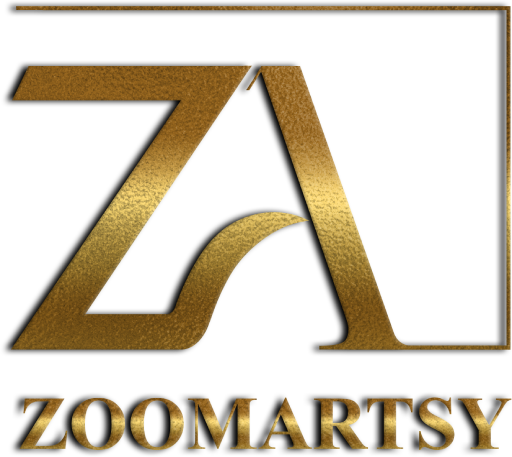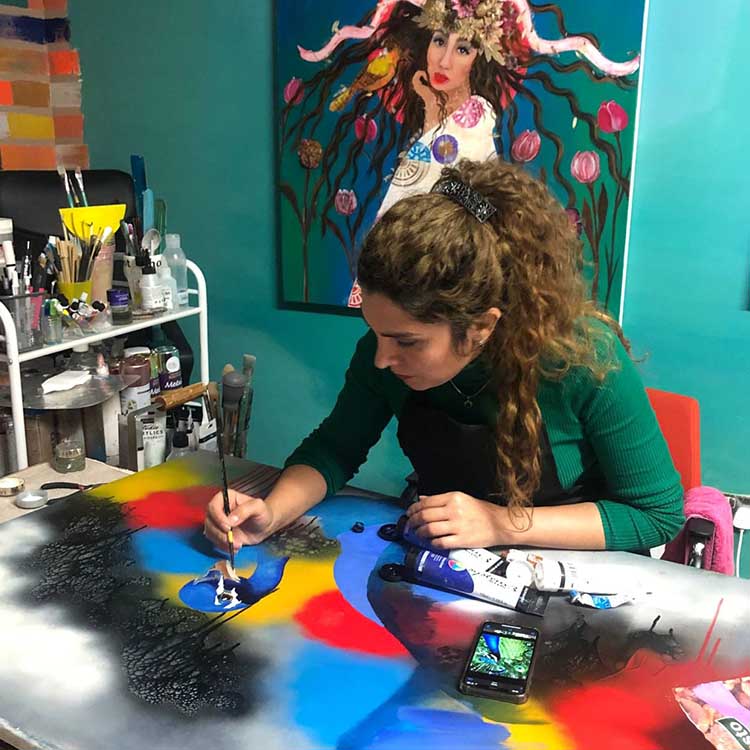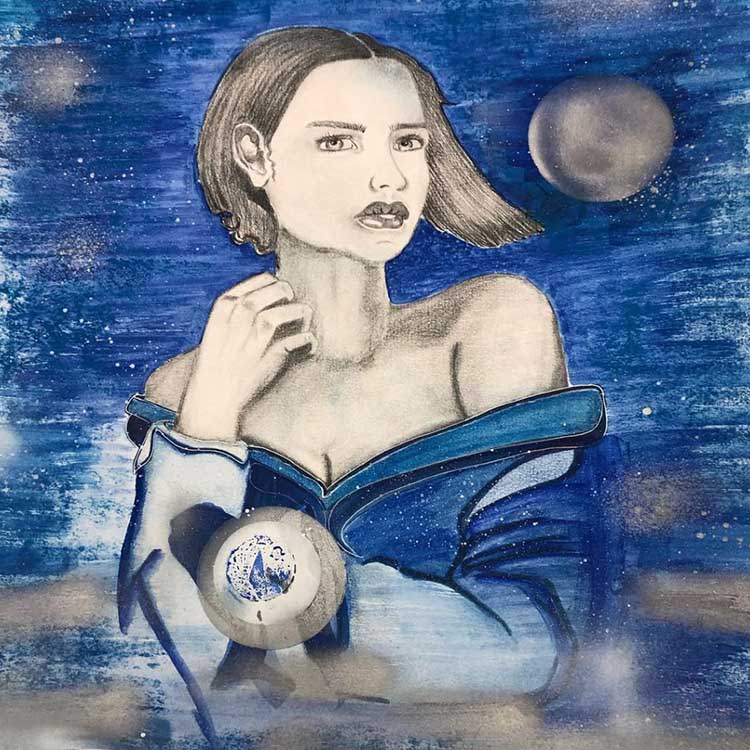In this article, we want to talk about Contemporary Art and the Role of Interpretation . Join us .
Recent research indicates that the taught curriculum in art and design secondary school education pays scant attention to meaning-making in visual art.
This paper explores possibilities for teaching interpretation through a report on an action-research project based on Tate Modern’s Summer Institute for Teachers, held in 2002. In doing so, it argues for the value and necessity of interpretation as a taught skill.
The eclectic and inclusive nature of art making today poses a number of challenges for teachers who wish to extend their art curriculum in schools to encompass contemporary visual art.
These range from practical concerns such as the availability of resources, multimedia training and appropriate classroom/studio space, to subject-related questions about meaning-making and the value of contemporary visual art in contributing to the art curriculum and to pupils’ lives.

This paper argues that in order to support teachers in expanding their curricula, it is necessary to teach the skills of interpretation to pupils.
It explores the particular challenges posed by the process of interpretation in contemporary visual art as evidenced through an action research project undertaken at Tate Modern’s Summer Institute for Teachers in 2002.
For the purposes of the paper, the field of contemporary visual art is seen, in the words of Linda Weintraub, as one from which, ‘No topic, no medium, no process, no intention, no professional protocols, and no aesthetic principles are exempt.’
To this we would add that the work of contemporary visual artists is as much defined by their ideas as by their media. As such, being able to engage with these ideas is as important as knowing how to manipulate media.
While debates around the value and character of interpretation are familiar to the language and practice of contemporary art, and the disciplines of art history and art criticism, they are yet to find a place in the school art and design curriculum.




